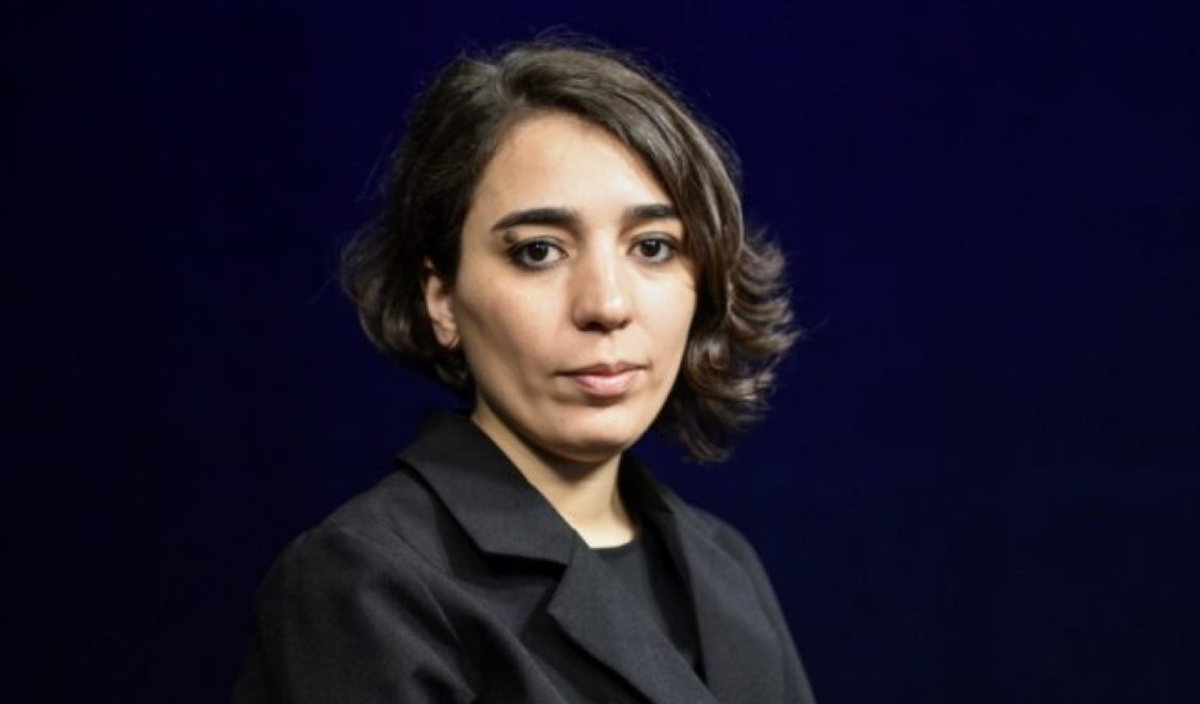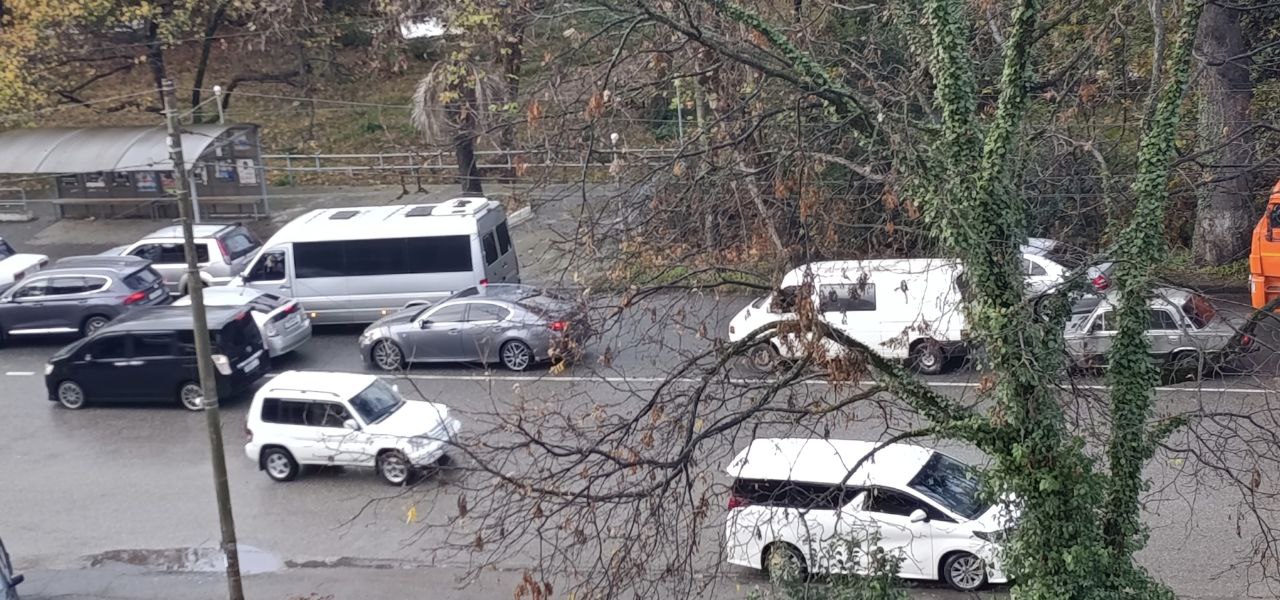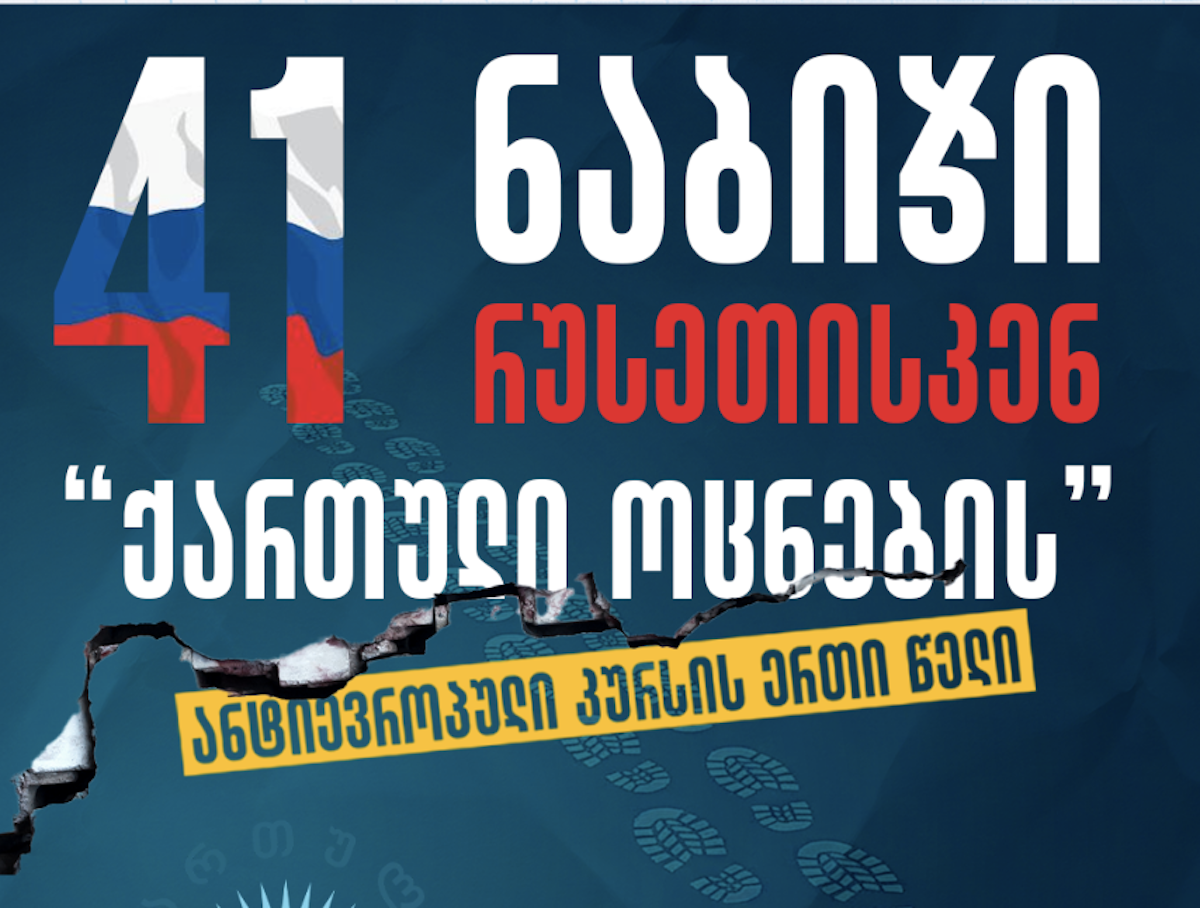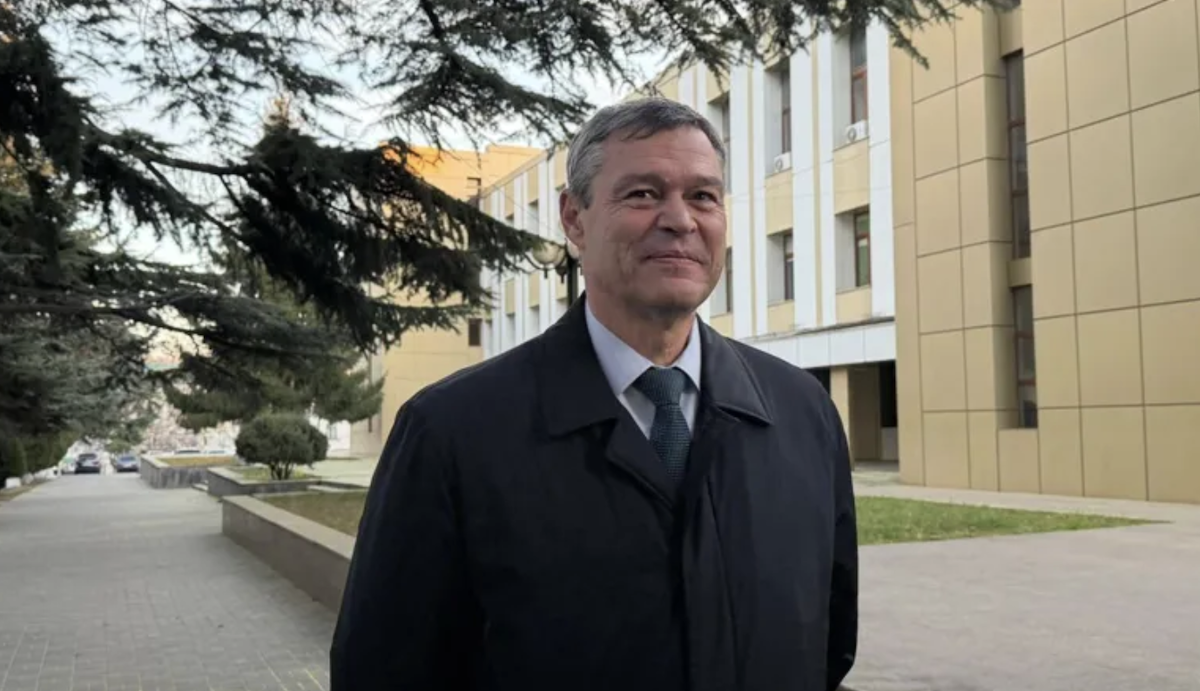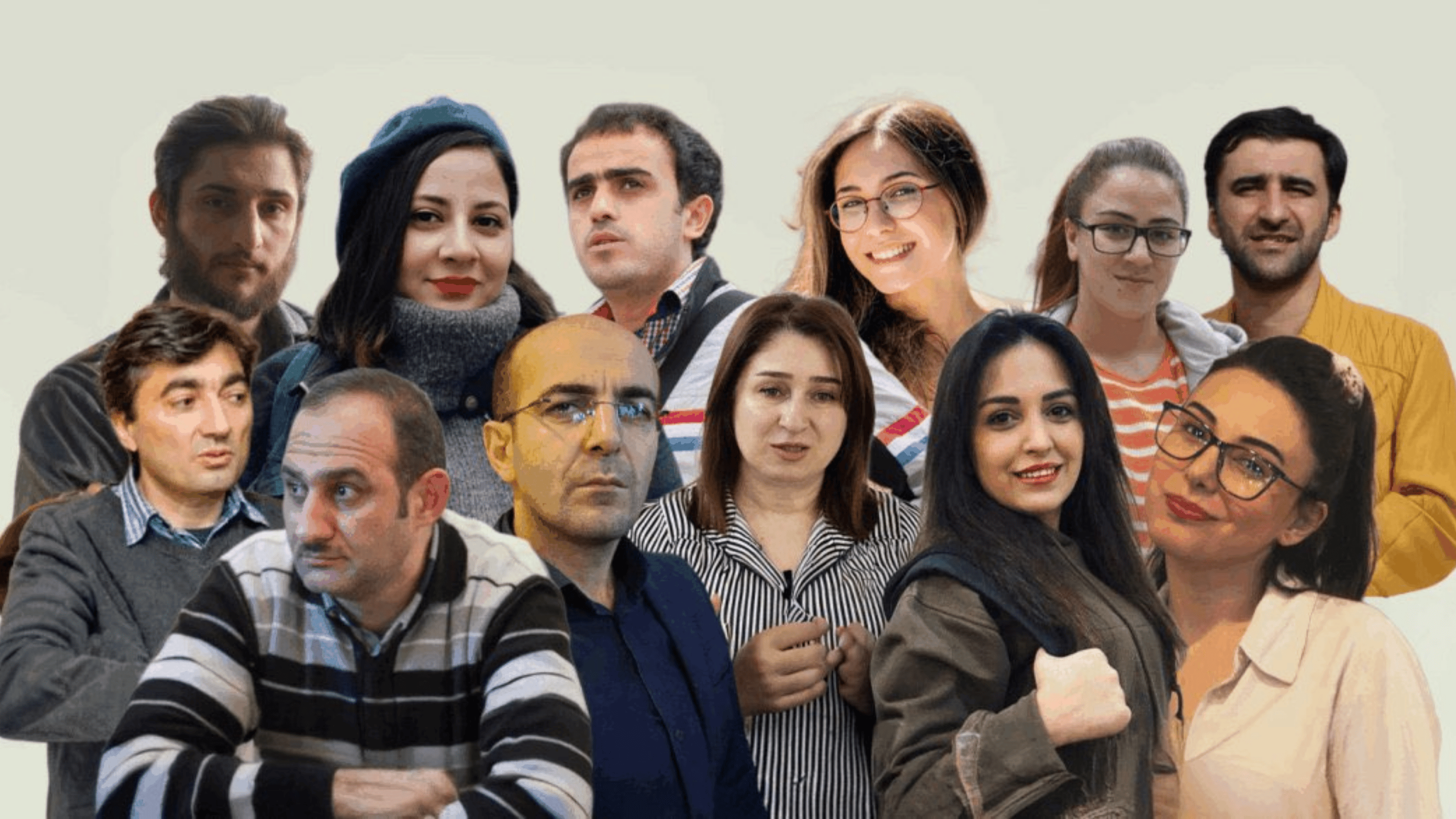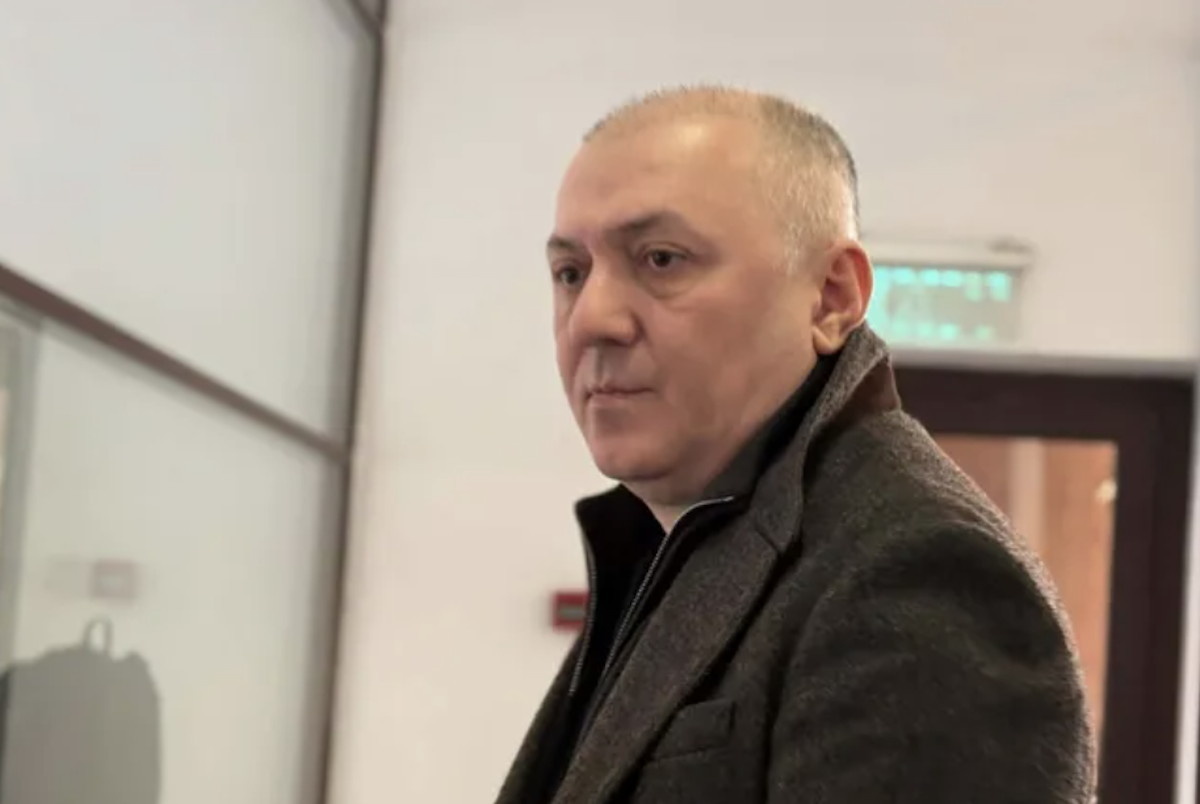Re-examining the radicalizing narratives of Georgia’s conflicts
Radicalizing narratives of Georgia‘s conflicts in Abkhazia and South Ossetia have hurt broader peacebuilding prospects and obscured the issues faced by the communities in these territories.
This article is the third of five in a series for the Future of Georgia project run by Carnegie Europe and the Levan Mikeladze Foundation analyzing contentious issues in Georgian society.
Future of Georgia project series:
The protracted conflicts over Abkhazia and South Ossetia, dating back to the early 1990s, have isolated these two societies from Georgia for almost three decades. Both regions have been out of Tbilisi’s control for thirty years and run by de facto authorities that are heavily influenced by Russia.
Lack of daily interaction, limited opportunities for personal interactions, and near-total absence of political dialogue have caused Georgians, Abkhazians, and South Ossetians to drift apart. Consequently, the memory of peaceful coexistence predating the 1990s has slowly faded away, while opposing and radicalized narratives about the nature of their conflicts and the other side feed the public discourse in all three societies.
A critical analysis of the radicalized narratives that dominate the Abkhaz and South Ossetian discourse is long needed. As Sara Cobb explains, radicalized narratives simplify the complex nature of the conflicts and solidify the determinant judgments in the public discourse, while simultaneously censuring anyone who would question them or view the issues differently. In turn, an open debate about the conflicts can help Georgians acknowledge the complexity of the conflicts and identify different approaches to tackle the obstacles to the peacebuilding process with Abkhazians and South Ossetians. Having said that, it should be noted that the role and responsibility of Russia in triggering and maintaining the conflicts in these regions cannot be overlooked. A more proactive approach of Georgia could also mitigate Russia’s increasing influence in the country and its breakaway regions.
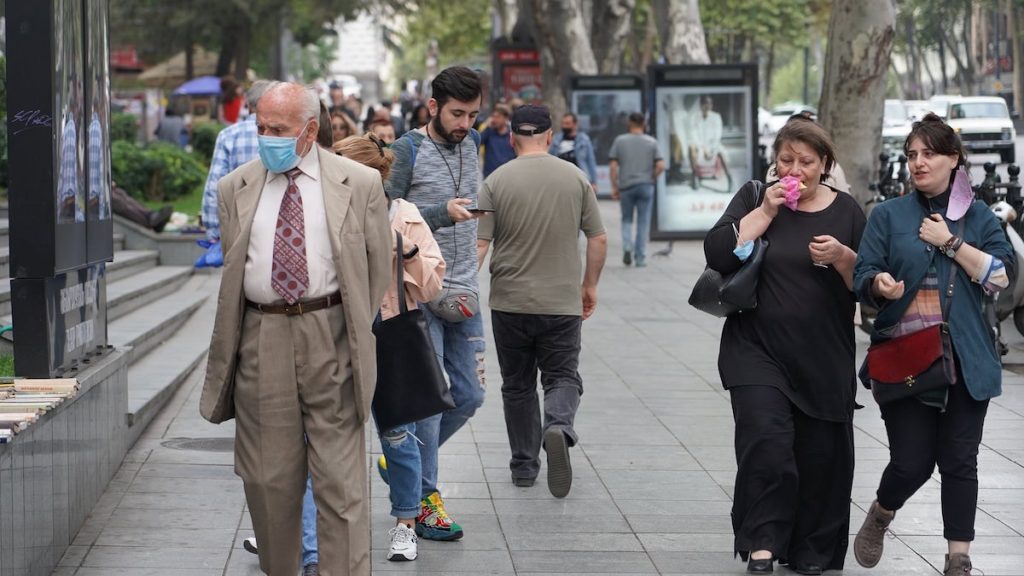
THE ABKHAZIA AND SOUTH OSSETIA CONFLICTS THROUGH GEORGIAN LENSES
The causes of the conflicts that began in 1990 in South Ossetia and in 1992 in Abkhazia are plentiful and the influence of Russia, the chaos caused by the gradual breakup of the Soviet Union, and the ethnonationalist aspirations of political leaders in Georgian, Abkhazian, and South Ossetian societies all contributed to their outbreak.
Former president Zviad Gamsakhurdia contributed to the alienation of Abkhazians and South Ossetians by launching the new Georgian national project with his exclusionary rhetoric and discourse on minorities. His policies have been described as a mixture of nationalism, populism, religiosity, and conservatism. However, today the Georgian public does not associate his name with the outbreak of the wars. In the Caucasus Research Resource Centers (CRRC) poll for Carnegie Europe and Levan Mikeladze Foundation (Carnegie/LMF) in 2020, only 20% of respondents held Zviad Gamsakhurdia responsible for conflicts in Abkhazia and South Ossetia (see figure 1).

A similar narrative surrounds Gamsakhurdia’s successor. The armed phase of the conflict in Abkhazia began in August 1992, eight months after Gamsakhurdia’s fall, when Eduard Shevardnadze had already become Georgia’s de facto leader. Yet, when asked what was the main failure of Shevardnadze’s presidency, 21% of respondents said it was the country’s economic collapse whereas only 11% cited his failure to prevent the wars.
The conflict over South Ossetia resumed briefly with the Georgian-Russian Five-Day War of 2008, which was followed by Moscow’s recognition of both breakaway regions as independent states and when the radicalized narratives in Georgia anew. The government of then-president Mikheil Saakashvili put greater emphasis on Russia’s destructive role in prolonging the conflicts, however, at the same time, many Georgians were critical of his government’s inability to prevent the war. Today, 25% of respondents in the CRRC poll view this as one of Saakashvili’s biggest failures (see figure 2).

The war of 2008 profoundly altered the relationships between Georgians, Abkhaz, and South Ossetians. It also simplified the narrative about the root causes of the armed conflicts in the 1990s.
The framing of the conflicts continued to be entirely different on each side. Sukhumi and Tskhinvali portray the Russian military presence on their territory as being a guarantee of their security, while Tbilisi stresses that both regions are suffering from the illegal deployment of Russian occupation forces who exercise effective political control there. Another argument in Georgia is that Moscow is seeking to exploit the conflicts in the two territories and other places to regain control over the post-Soviet states. This idea was boosted in 2014 when Russia annexed Crimea and escalated the conflict in eastern Ukraine. The recent war in Nagorno-Karabakh also raised concerns over the idea that the real intention behind the deployment of a Russian peacekeeping mission there in November 2020 was to strengthen Moscow’s military presence in the whole region.
The radicalized narratives about the root causes of the conflicts and the war with Russia has reinforced a simplified narrative about the lack of agency of Abkhazians and South Ossetians, denying their capacity to act independently. This misses the reality of how the breakaway regions have increasingly diverged not just from the rest of Georgia but also from each other.
Since 2008, the South Ossetian de facto authorities have successfully copied repressive Russian legislation. They have never disguised their ambition to integrate into Russia, either by joining it directly or by joining the Russian autonomous republic of North Ossetia-Alania. The fact that the agreement they signed with Moscow in March 2015 is labeled as one of “alliance and integration” demonstrates this. By contrast, the de facto authorities in Abkhazia seek more autonomy and continue to resist the Kremlin’s demand to change their law on land ownership to allow Russian citizens to own property there. The agreement they signed with Russia in September 2014 is labeled instead as one of “alliance and strategic partnership” and not integration. However, their November 2020 agreement on establishing a Common Socio-Economic Space supported the skepticism among the Georgian public about the capacity and willingness of Abkhazia to claim real autonomy from Russia.
Georgian insecurity has also been reinforced by the ongoing process of “borderization”—the de facto authorities building barbed-wire fences and detaining people on the administrative boundary lines (ABLs) between Abkhazia and South Ossetia and Georgia proper, thus focusing Georgian public discourse on the issue of Russian occupation.
For the Georgian public, Abkhazians and South Ossetians are simultaneously demonized as being “ungrateful” or “marionettes” and romanticized as the Georgian people’s “brothers and sisters.” For example, in 2014, the draft of a parliamentary resolution on Ukraine suggested by the United National Movement referred to the Abkhazian and Ossetian de facto leaders as “puppet leaders” whom Russia uses to legitimize its aggression. In 2019 the speaker of parliament, Archil Talakvadze, said: “It is important that the spirit of regulations directly coincides with the main strategic goal—peaceful de-occupation and restoration of Georgia’s territorial integrity. I am sure that together with Abkhazian and Ossetian brothers and sisters, we will soon be working on a constitutional law related to the restoration of territorial integrity”.
Georgian public discourse portrays Abkhazians and South Ossetians as brotherly people who were forcibly taken away from Georgia. The “brothers and sisters” narrative is based on the notion that Georgians and Abkhazians, as well as South Ossetians, lived in harmony before the 1990s. Moreover, prior to the conflict in 1991, around 100,000 Ossetians lived in other regions of Georgia, while 65,000 lived in the Tskhinvali region. On the other hand, they are also perceived as “unthankful” to Georgians. Although this simplifies the image of Abkhazians and South Ossetians, it partly recognizes their agency, as they are capable of rejecting Georgia’s offers.
The discourse changed somewhat in 2012, when Paata Zakareishvili, a civil society activist with a long experience of working with Abkhazians and Ossetians, took on the government portfolio for the conflicts and renamed the State Ministry for Reintegration to the Office of the State Minister for Reconciliation and Civic Equality. The Georgian Dream government elected in 2012 attempted to revisit the narrative about the agency of Abkhazians and South Ossetians. Then prime minister Bidzina Ivanishvili declared readiness “for direct dialogue with our Abkhazian and Ossetian brothers”. However, after eight years in power, the government has neither achieved a breakthrough in this process nor altered the overall radicalized discourse. Like other political parties, the Georgian Dream lacks a fresh and alternative vision for transforming the conflicts.
However, while the radicalized narratives about Abkhazians and South Ossetians still dominate the political discourse in Georgia, a comparison of public opinion surveys from 2013 to 2019 shows a slow and quiet transformation of public perception of the conflicts and of possible solutions. Recent data shows that more Georgians are willing to compromise to reach solutions with Abkhazians and South Ossetians. In an April 2020 poll, 69.7% of respondents supported the idea of direct dialogue between the government and the de facto authorities in Abkhazia. However, more research is required on how conflict narratives have changed in Georgian society.
A Georgian narrative of victimization also helps sustain simplified images of Abkhazians and South Ossetians. This is fueled by genuine grievances, including those over “borderization” and the diminishing hopes of internally displaced persons that they will get a chance to return home. However, if Georgians are victims, the perpetrators are more plausibly the Russian authorities and not necessarily Abkhazians and South Ossetians. Moreover, this situation also arguably makes the latter victims of Russia too, even if they are yet to acknowledge it. Radicalizing the victimization narratives only reinforces the social boundaries separating Georgian, Abkhazian, and South Ossetian societies.
WHY DO STEREOTYPES AND RADICALIZED NARRATIVES PERSIST?
A key factor that maintains and strengthens stereotypes and radicalized narratives in conflict-torn societies is the lack of direct interaction and communication between the in-group and the out-group. The “intergroup contact theory” devised by Gordon Allport suggests that continuous contact between alienated societies, preferably supported by institutions, can reduce stereotypes and bias. However, Abkhazian and South Ossetian societies are almost completely isolated from the Georgian one, both physically and mentally.
The opportunities for Georgians to interact in person with the out-groups—through a little more with Abkhazians than with South Ossetians, remain limited. Dialogue and confidence-building projects organized by NGOs provide a safe space where people from divided societies can discuss issues in a constructive manner. Cross-ABL trade and the Referral Program, under which the Georgian government provides free medical support for the residents of the breakaway regions, create other opportunities for direct communication. However, the number of people involved in such programs remains small. What’s more important to note is that even when personal relationships are established, they are still kept out of the public eye out of political or safety concerns.
In the absence of face-to-face interaction, a conflict-oriented rather than peace-oriented discourse in the Georgian media further reinforces radicalized narratives about the conflicts. Sporadic coverage of the topics related to Abkhazia and South Ossetia focuses almost exclusively on negative incidents at the ABLs and Russian-backed decisions made by the politicians in the breakaway regions. Although the media plays a vital role in giving visibility to humanitarian crises and human-rights violations, the way journalists frame the news also significantly influences how the public makes sense of these events. Media coverage portrays ethnic Georgians as the sole victims of “borderization,” while in reality ethnic Abkhazians and Ossetians are also affected by it. For example, 325 out of 549 detainees along the South Ossetia ABL in 2016 were “South Ossetian citizens” as Tskhinvali reported to Amnesty International.
Providing a bigger context and more complete information about the implications of “borderization” on both sides of the conflict divides would shift the narrative from one of victimhood to a better understanding of common interests. Moreover, media coverage of the conflicts does not provide sufficient space for critical and constructive discussions on peacebuilding processes or for the occasional positive signals by politicians from the breakaway regions, such as the calls for dialogue with Tbilisi by the de facto leadership in Abkhazia in 2020. A few online news channels—such as Open Caucasus Media, Netgazeti, Radio Liberty’s Ekho Kavkaza program, and JAMNews—try to challenge this practice, but they cannot shift the mainstream media discourse.
The lack of acceptance of those who seek to critically analyze the conflicts and recent history creates conditions where any Georgian who openly challenges the prevailing narratives and stereotypes risks being stigmatized as a “traitor” or “Russian agent”. This self-inflicted constraint hinders an in-group self-reflection process that could question the radicalized narratives.
One reason why Georgians are reluctant to challenge some of the radicalized narratives—particularly those that attach increased agency to Abkhazians and South Ossetians—is an overwhelming fear that this might lead to widespread international recognition of the territories as independent states, beyond that granted by Russia and its small group allies. According to the CRRC survey, the territorial integrity of Georgia is a significantly higher priority for Georgians than membership of NATO and the EU (see figure 3).

Every decision related to the conflicts that Tbilisi makes is considered through this lens. Thus, any changes in the terminology or established narratives are considered a threat to the national interests of Georgia. As one study puts it, “to engage with Abkhaz perspectives seriously is, thus, to play into the hands of the Russian aggressor, and weaken Georgia”.
CONCLUSION
Incompatible stereotypes and radicalized narratives rooted in the conflict-torn societies of Abkhazia, South Ossetia, and Georgia not only hurt prospects for a broader peacebuilding process but also obscure important issues that communities in the conflict areas face. For example, the daily struggles of ethnic Georgians living on the other sides of the conflict divides are overshadowed by a strong focus on Russian occupation and “borderization.”
Ethnic Georgians in the Gali region of Abkhazia and the Akhalgori region of South Ossetia are deprived of basic human rights—such as the right of political participation, land ownership, and access to education in their native languages—which the international community has repeatedly condemned. Although Russia is accountable for any kind of violations committed during its effective control of the breakaway territories, diminishing the agency of Sukhumi and Tskhinvali and failing to engage in dialogue, limits the opportunities to address those issues in a meaningful and constructive manner.
Narratives simplifying the conflicts to the single dimension of the Georgian-Russian context overlook a number of hard questions such as the roles of Abkhaz and South Ossetian sides in the process of ‘borderization’ and detentions at the ABLs, as well as to what extent is isolation externally imposed on Abkhazia and South Ossetia, and to what extent is it embraced voluntarily by the de facto leaders of these places.
The radicalized narratives create a sense of uncertainty and disbelief around peacebuilding efforts, which a recent OSCE report calls “protracted conflict syndrome,” or a condition when “all parties have come to expect that their conflict will not be resolved for the foreseeable future, and they have adapted to that expectation”. These self-perpetuating radicalized narratives shape the comfort zone for each society while re-examining and critically engaging with them evokes fear of compromising “national interests”. The overall effect of the reluctance to critically analyze and reflect on prevailing narratives erodes the chances of a successful peace-building process between Georgians, Abkhazians, and South Ossetians.
The Future of Georgia project is run by Carnegie Europe and the Levan Mikeladze Foundation, with financial support from the Government Offices of Sweden and imminent financial support from the Finnish Ministry of Foreign Affairs.
Natia Chankvetadze is a PhD student at the Carter School for Peace and Conflict Resolution at George Mason University. Her research interests include conflict transformation, community peacebuilding, identity formation, social and symbolic boundaries, and everyday peace indicators.
Ketevan Murusidze is a peace researcher and practitioner based in Tbilisi. Her research interests include peacebuilding, conflict transformation, local capacities for peace, monitoring and evaluation for peacebuilding programs, peacekeeping in the post-Soviet countries, and everyday peace indicators.












